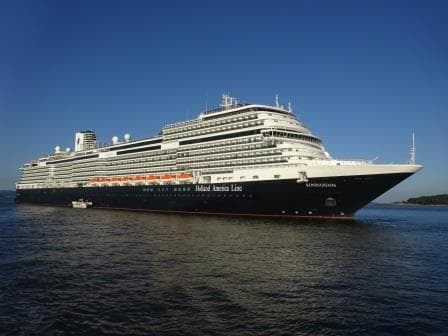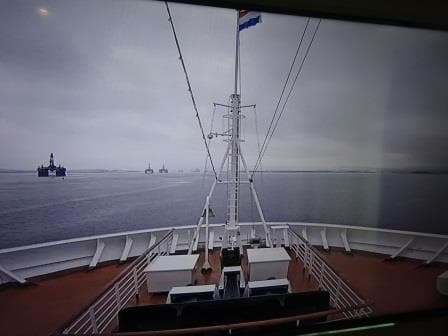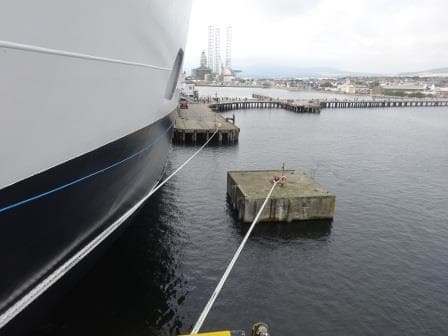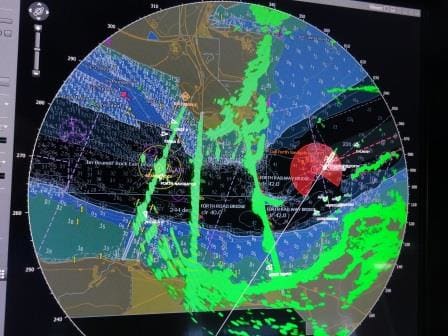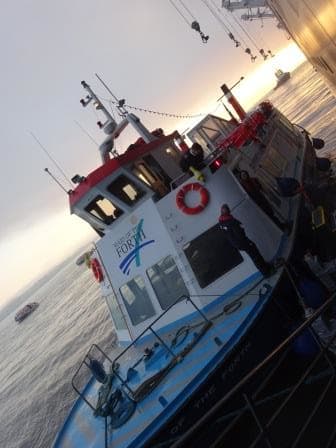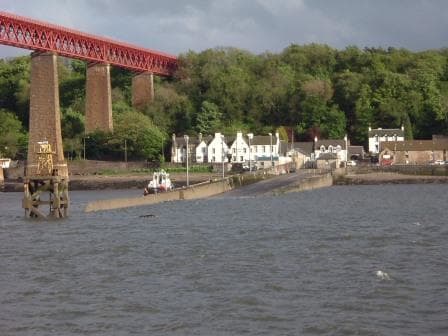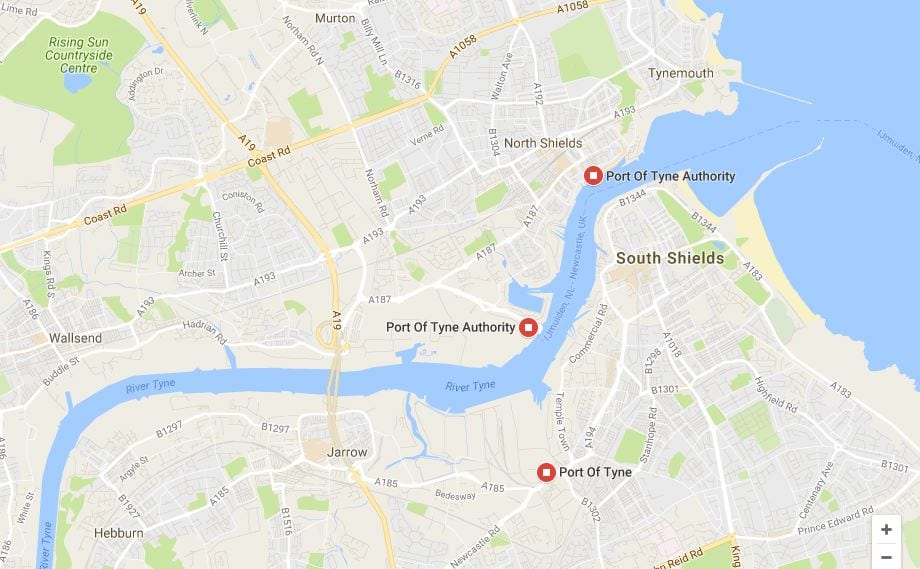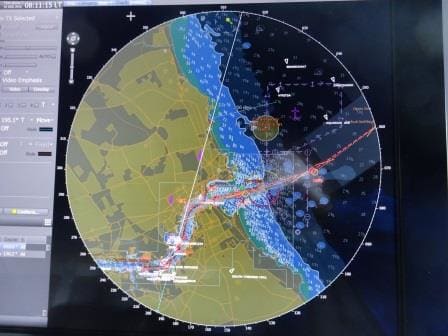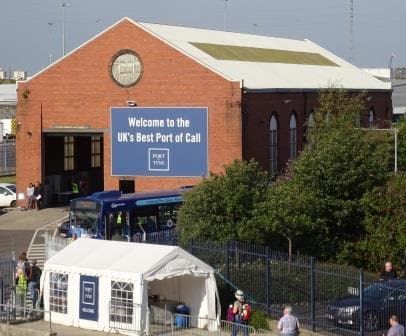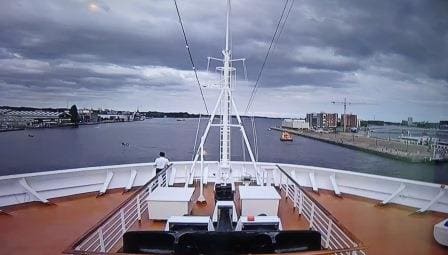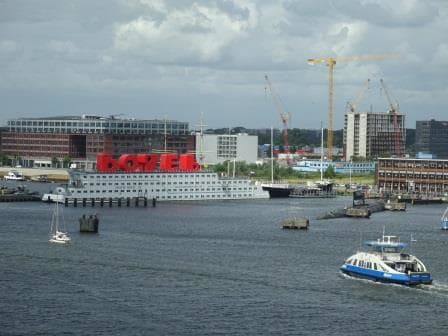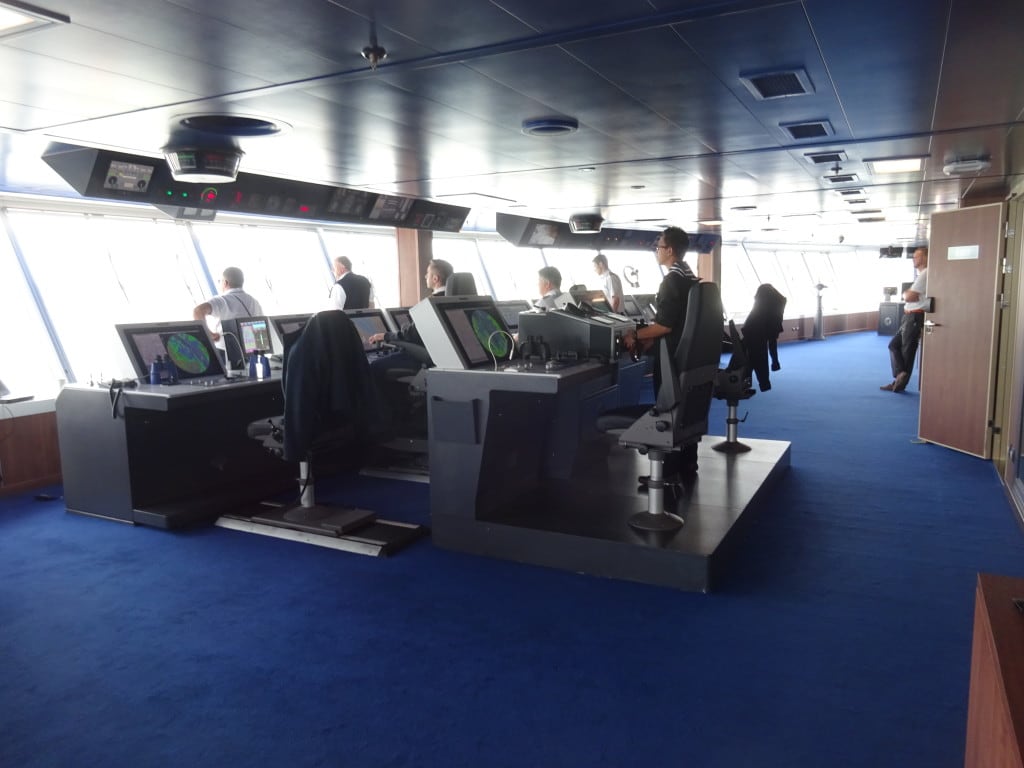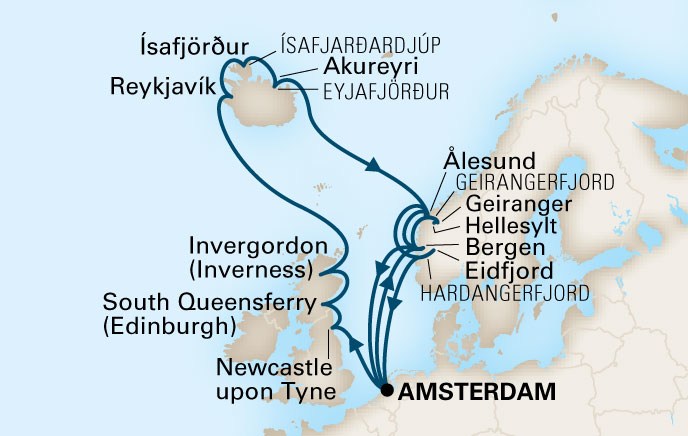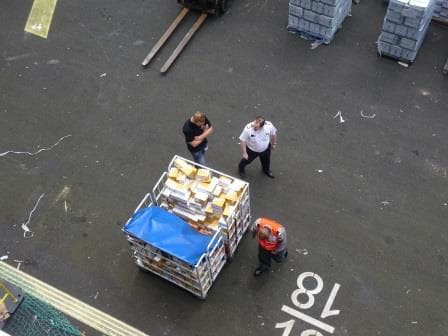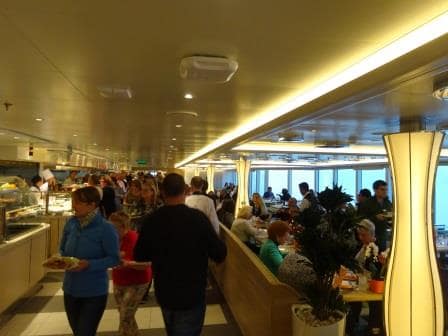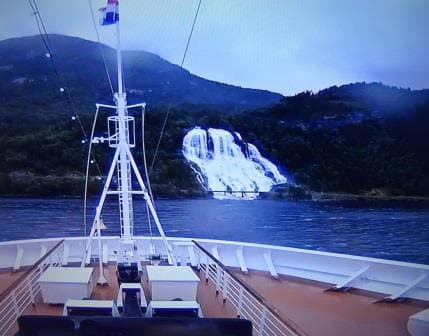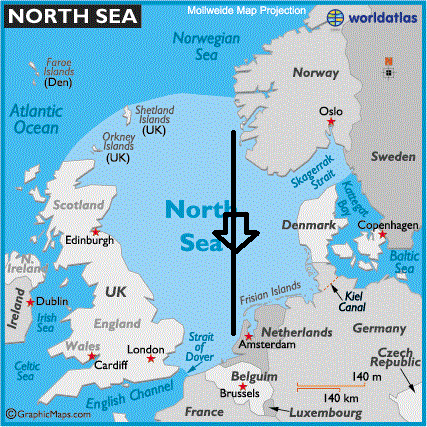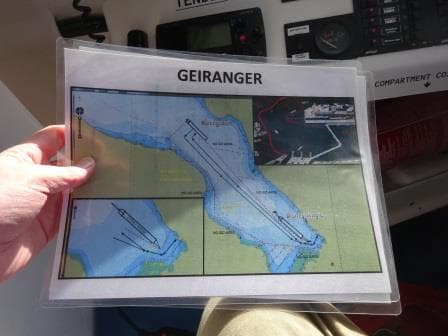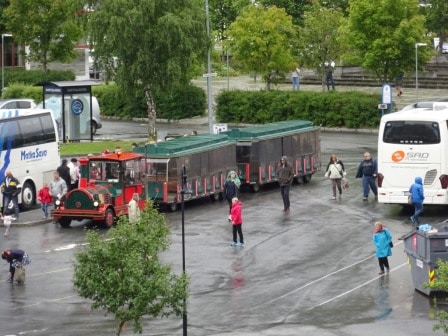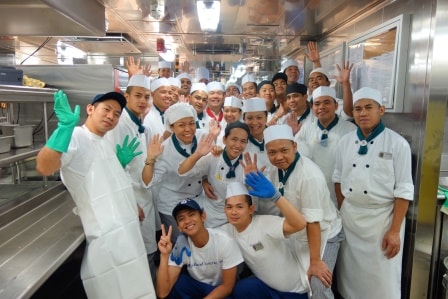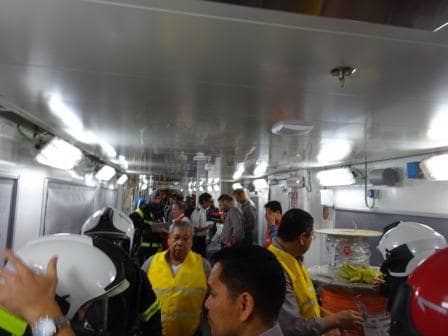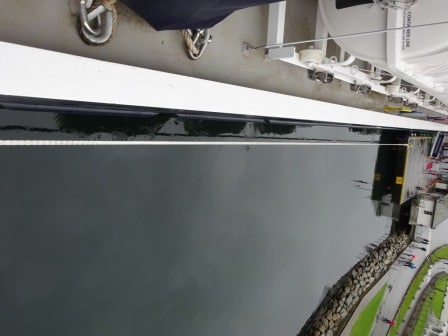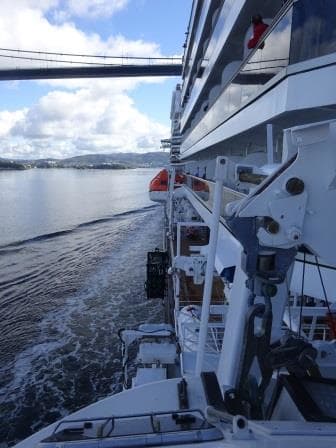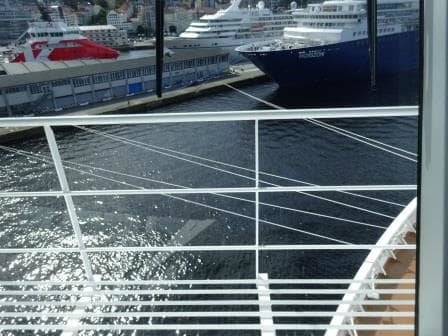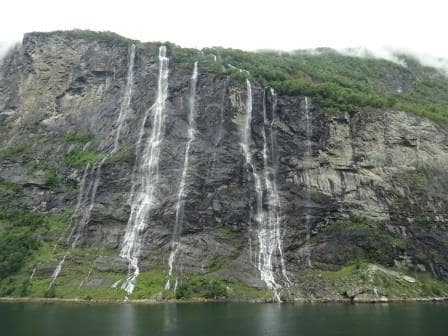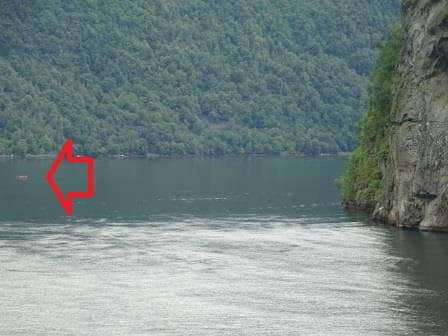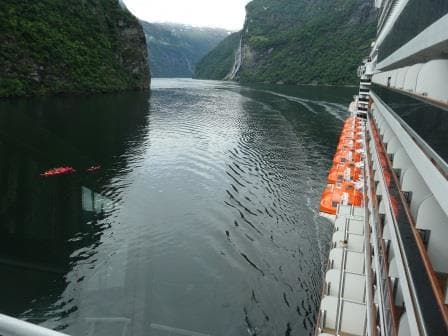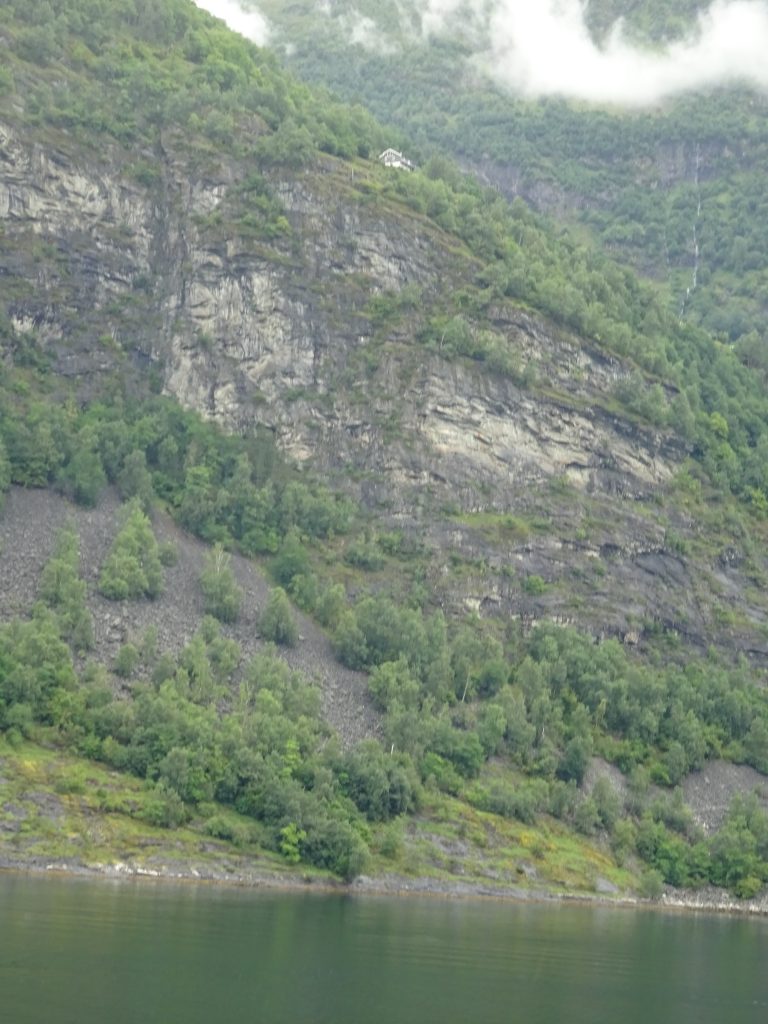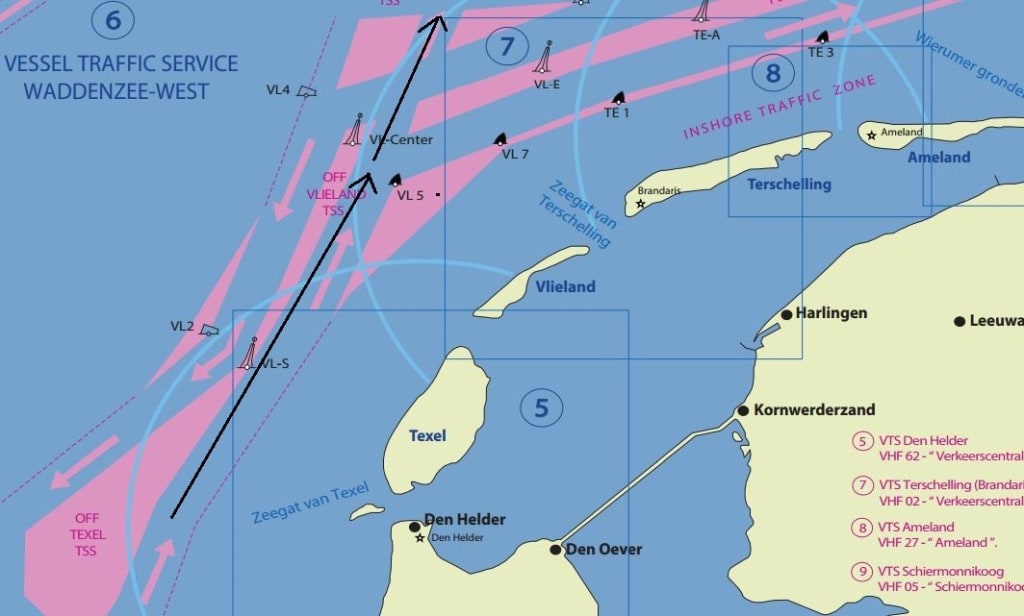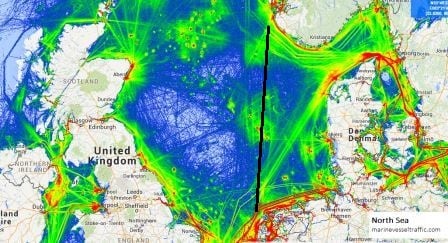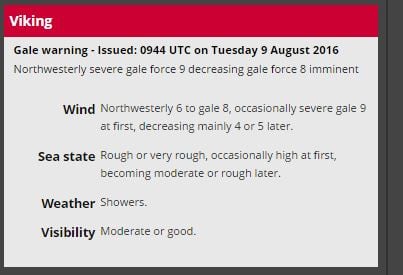South Queensferry is located deep inside the Firth of Forth and Invergordon has a similar location but then in the Cromarty Firth; and the only way to get from one to the other is to sail back out, go up the coast and then sail back in again. And that is what we did. By 00.30 all the guests (we had 419 on tour this evening) who went to the Edinburgh Tattoo or to the Fringe Festival were back on board and then we sailed after what was an extraordinary day in the Firth.
It is seldom as nice as it was during the call to Queensferry. Hardly any wind, lots of sunshine and not too much current to make the life of the tender drivers miserable. As it can be a very challenging place for a tender service, if the weather is a bit worse than it was today.
And thus we were looking forward to another sunny day as Scotland seems to go through a heat wave at the moment and we are taking advantage of it. Sailing into the Cromarty Firth (Cromarty is the county around the Firth) is very interesting as it is Oil Rig alley. Rig after rig is there in lay up or under repair for the oil industry. The oil industry is at the moment in a bit of a slump and thus there were a good number of rigs or platforms parked along the Firth while we sailed in. Also at the 2nd pier of the town there was a large one parked and it was clearly visible that a lot of work was being carried out. The Cromarty Firth is nice and deep in the center and the large tidal variation makes it possible to park these giants on the flat bottom and have the tide lift them off again when the time is there.
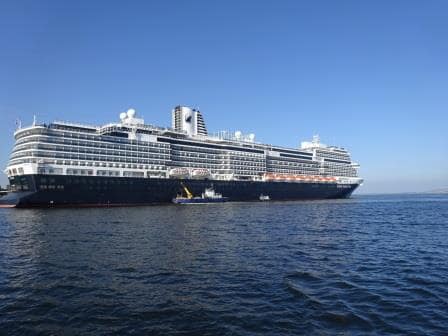
The Koningsdam basking in the Scottish sunshine in Invergordon. The barge alongside was there to collect the ships recycleables.
Invergordon is a little bit hampered by the lack of a good cruise ship pier or ships pier in general. They have one major dock which is in use by oil tankers and that is also the dock for the cruise ships. For smaller ships it is not such a challenge, as long as they are not larger than the oil tanker the dock Is meant for, but for a large ship as the Koningsdam the dock is a bit on the small side. Apart from one line, going to a buoy and all our other lines were spring lines. Normally you dock 5 or 6 and 2 here (5 or 6 headlines and 2 spring lines) today on the bow we had 1 and 7. One head line to the buoy and all the other lines were leading aft and thus became spring lines.
Not dangerous, today was a very nice day, but it meant that the bridge was on heightened alert in case the wind would pick up. Then we would have to put bow thrusters and Azi pods on to keep the ship safely alongside in that way. Koningsdam is not even the largest cruise ship that calls here and those ships must have even more challenges. Hopefully the local authority will use some of the tourist dollars we bring in to install another dolphin or another buoy so a large cruise ship can lay alongside a bit more comfortable. It is calculated that in each port the average cruise guest spends between 100 and 120 dollars on tours or other items to support the local economy. So today the local economy was boosted in the region of $ 350,000 by the Koningsdam guests not counting what the company pays in fees to be able to be here.
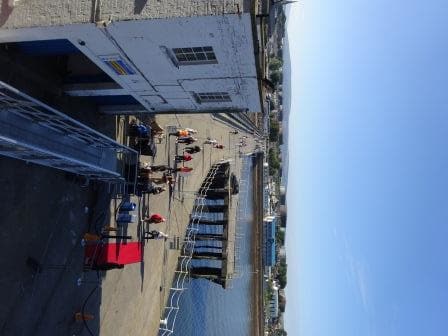
The long part of the T pier is quite long as the dock has to come to the edge of the deepwater part of the Firth.
Still the town did their best to make the guests feel welcome as they always do. This is the only town / port where there is a constant bag pipe player in attendance. So you know that as soon as you step off the gangway that you are in Scotland. Normally on departure the lone piper has found a few friends by then to help out and then there is always a nice send off for those still on deck to wave goodbye.
This is our last port in Great Britain. Tomorrow we will be at sea and on the way to Iceland. We will arrive there the day after tomorrow in the early afternoon and then stay overnight. In the same way as the Rotterdam did a few weeks ago. Iceland has simply too much to offer to see it all in a few hours. As a result it will be getting chillier and the temperatures on deck should be in the region of 12oC / or 50oF with a chance of rain later in the day. Good news is that very little wind has been predicted for this sea day but for this area I will believe it when I see it.
